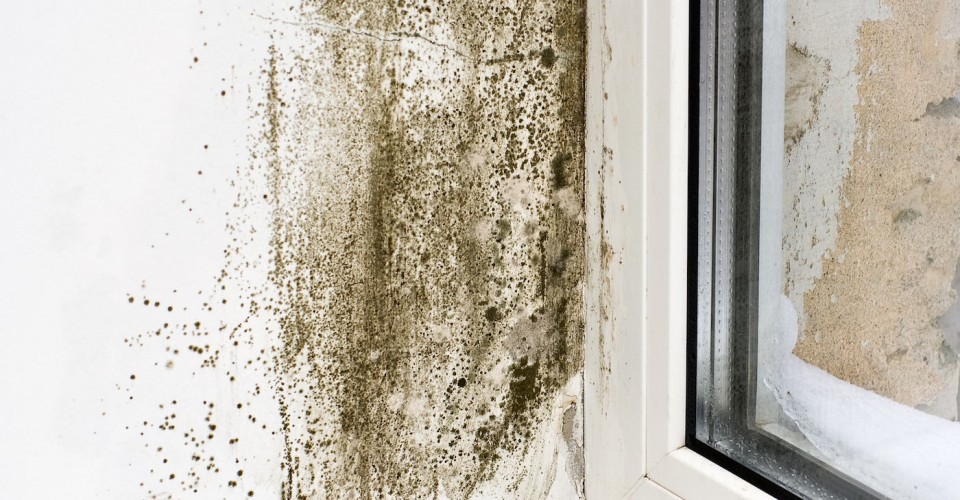
Power washing is a powerful way to strip away layers of dirt, grime, algae, and mildew from your home’s exterior—but if you’ve ever noticed mildew creeping back just weeks after a deep clean, you’re not alone. 😓
Unfortunately, power washing doesn’t always solve the problem permanently. Mildew spores are resilient and can return fast under the right conditions. That’s why it’s critical to understand not just how to remove mildew, but how to prevent it from coming back.
In this guide, we’ll explore how to spot early signs of mildew regrowth, why it happens, and what you can do to stop it for good. 💪💦
🌫️ What Is Mildew, and Why Does It Keep Coming Back?
Mildew is a type of fungus that thrives in damp, shaded, and poorly ventilated areas. Unlike algae, which is typically green and slimy, mildew appears powdery or fuzzy and can be gray, white, yellow, or black. It often shows up on:
- Siding (especially vinyl and wood)
- Rooflines and eaves
- Brick and concrete
- Wooden decks and fences
- Gutters and soffits
- Outdoor furniture 🪑
After you power wash a surface, mildew can start to regrow within a few weeks if the environment isn’t changed. It’s not just about removing it—you have to break the cycle.
🔍 How to Spot Mildew Regrowth
It’s easy to miss mildew regrowth at first, especially on lightly-colored surfaces. Here are some common early signs to watch for:
🔸 1. Musty Smell
That earthy, damp odor is often the first sign mildew is back—even before it becomes visible.
🔸 2. Light Discoloration or Spots
Look for white, gray, or yellow blotches that slowly grow in size and density, especially in shaded or north-facing areas.
🔸 3. Texture Changes
Run your hand across the surface. If it feels powdery or fuzzy, that’s likely mildew.
🔸 4. Returns in the Same Spot
If you notice mildew always returning to the same side of your house, that’s a sign the area has ideal conditions for fungal growth—moisture, shade, and organic material.
⚠️ Why Mildew Regrows After Power Washing
Even after a thorough wash, mildew spores can remain embedded in porous materials or in cracks and crevices. A few key reasons it returns:
- Moisture isn’t addressed — Leaky gutters, poor drainage, or humid air make mildew’s comeback easy.
- No post-wash treatment — Simply rinsing mildew off doesn’t kill it.
- Wrong detergent used — General soaps don’t have the fungicidal ingredients needed to destroy spores.
- Shade and poor airflow — Areas that never get sunlight or airflow are mildew magnets.
✅ How to Prevent Mildew Regrowth After Power Washing
The key to avoiding regrowth lies in combining power washing with preventative measures. Here’s what works best:
✅ 1. Use a Mildew-Killing Detergent
Always power wash with a fungicidal cleaning solution—not just water. Look for solutions with sodium hypochlorite (bleach) or specialized mildew-killers. These break down spores and prevent future growth.
🧪 Tip: Be sure to use cleaners that are safe for your surface type (wood, vinyl, concrete, etc.), and follow label dilution instructions carefully.
Browse Amazon Here For Popular Mold And Mildew Cleaners
✅ 2. Apply a Post-Wash Treatment
After rinsing off the detergent, consider applying a mildew-resistant coating or treatment. These can help seal the surface and make it harder for spores to latch back on.
Products include:
- Mildew-resistant sealers (great for decks and siding)
- Anti-fungal sprays for furniture and concrete
- DIY vinegar solutions (for lighter mildew-prone areas) 🍶🌿
✅ 3. Improve Drainage and Airflow
Keep areas dry by improving:
- Gutter systems – Repair leaks or clogs
- Ventilation – Trim shrubs near siding and add vent panels if needed
- Grading – Ensure water runs away from your home
Dry surfaces are your best defense against mildew returning.
✅ 4. Remove Organic Debris Regularly
Leaves, bird droppings, pollen, and even tree sap provide food for mildew. Blow or sweep these off regularly, especially after rainstorms. 🍂🧹
✅ 5. Let the Sun In 🌞
Sunlight naturally kills mildew. Trim overhanging trees or bushes to increase exposure, especially on the north or east-facing sides of your property.
🗓️ How Often Should You Power Wash to Control Mildew?
If mildew is a recurring problem, aim to power wash once or twice a year, ideally:
- In the spring to clear winter grime and moisture
- In the fall to remove organic matter before it sets in over winter
Routine washing prevents spores from embedding deeply and gives you a chance to reapply any mildew-resistant treatments.
🔧 What to Do If Mildew Keeps Coming Back
If you’ve followed all the best practices and mildew still returns, you may have a more systemic issue. Consider these steps:
- Check for roof leaks or pipe condensation in attic spaces
- Inspect insulation and ventilation in affected exterior walls
- Hire a pro to inspect drainage and air circulation zones
Professionals can also apply commercial-grade solutions like soft washing with long-lasting mold inhibitors, or install permanent mildew shields or coatings.
🧽 Bonus Tip: Don’t Confuse Mildew with Mold!
Mildew is generally surface-level and easy to clean, while mold can penetrate materials and cause health issues. If you’re not sure which one you’re dealing with—or if the issue is inside your home—call a specialist immediately. 🚨
💡 Final Thoughts
Power washing is a fantastic way to eliminate mildew—but it’s just the first step. If you want long-term results, you need to take extra measures to change the environment mildew thrives in.
With the right combination of cleaners, treatments, ventilation, and maintenance, you can stop mildew in its tracks and keep your home looking sharp and spotless for months (or even years) to come. 🏡✨
Browse Amazon Here For Top Rated Power Washers And Accessories



